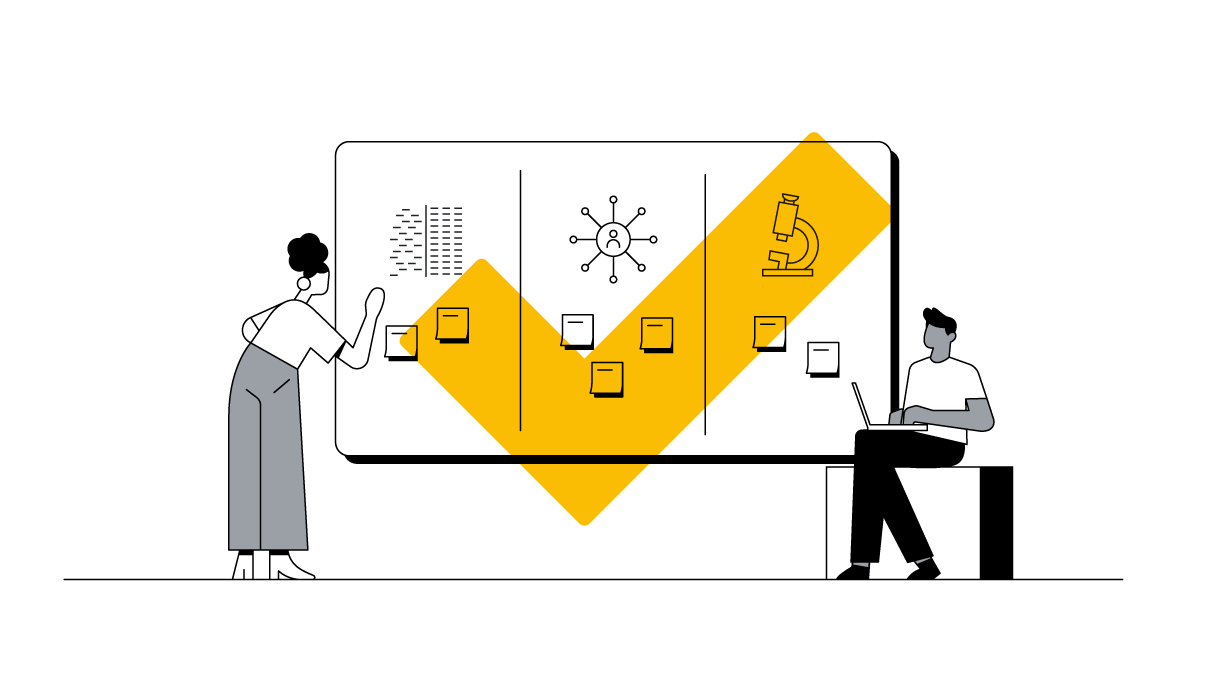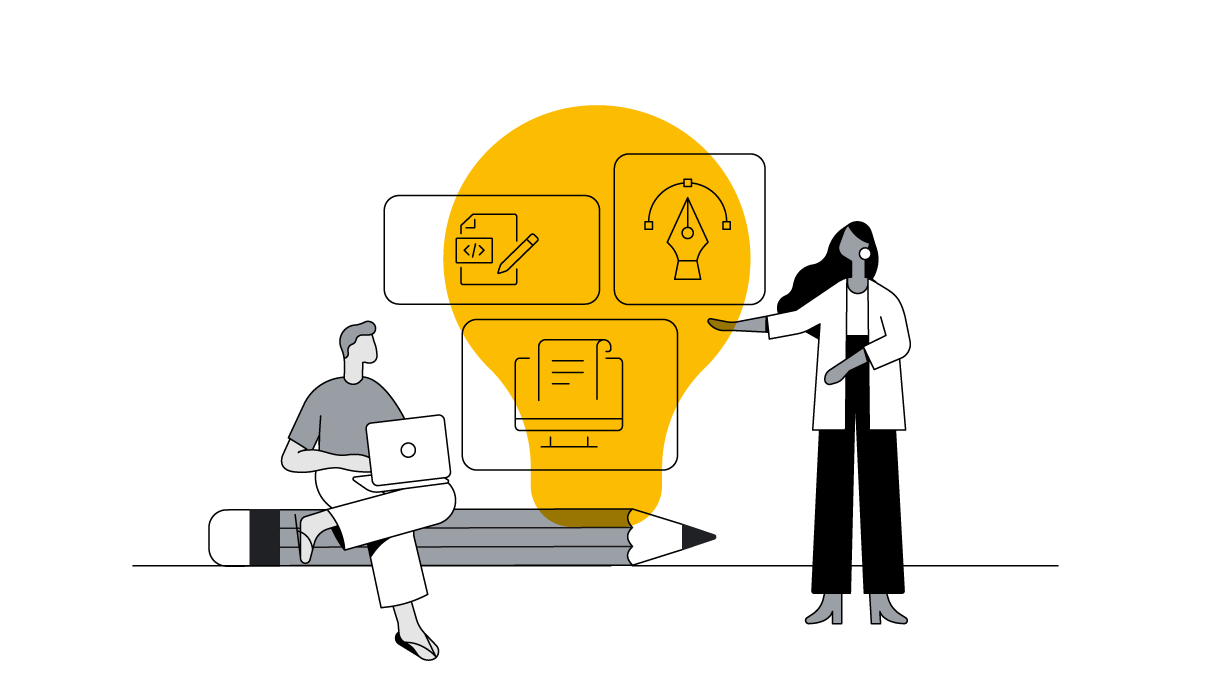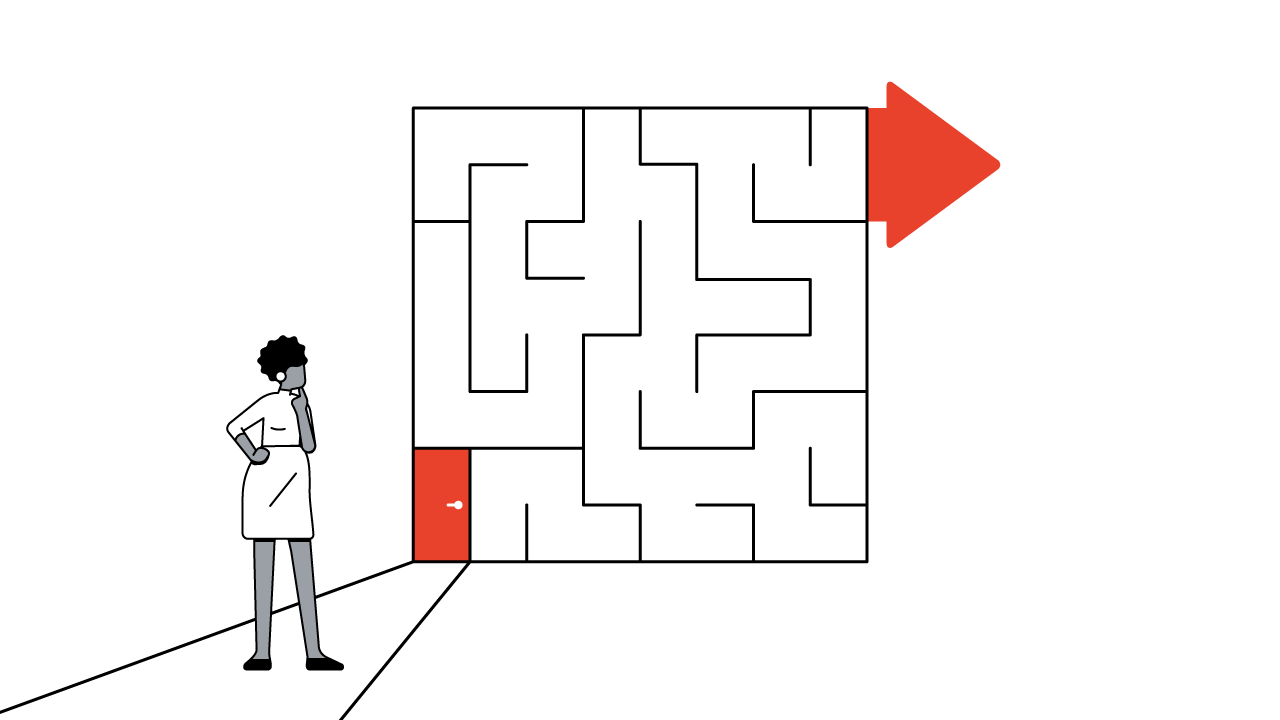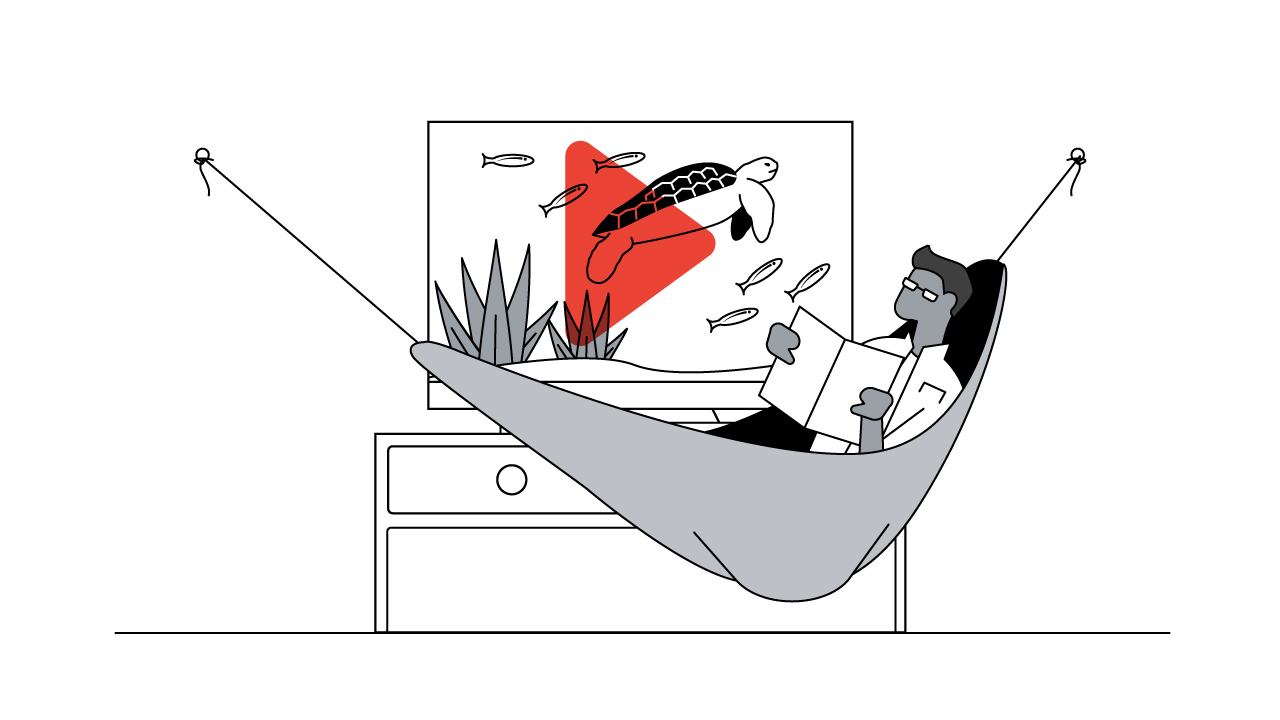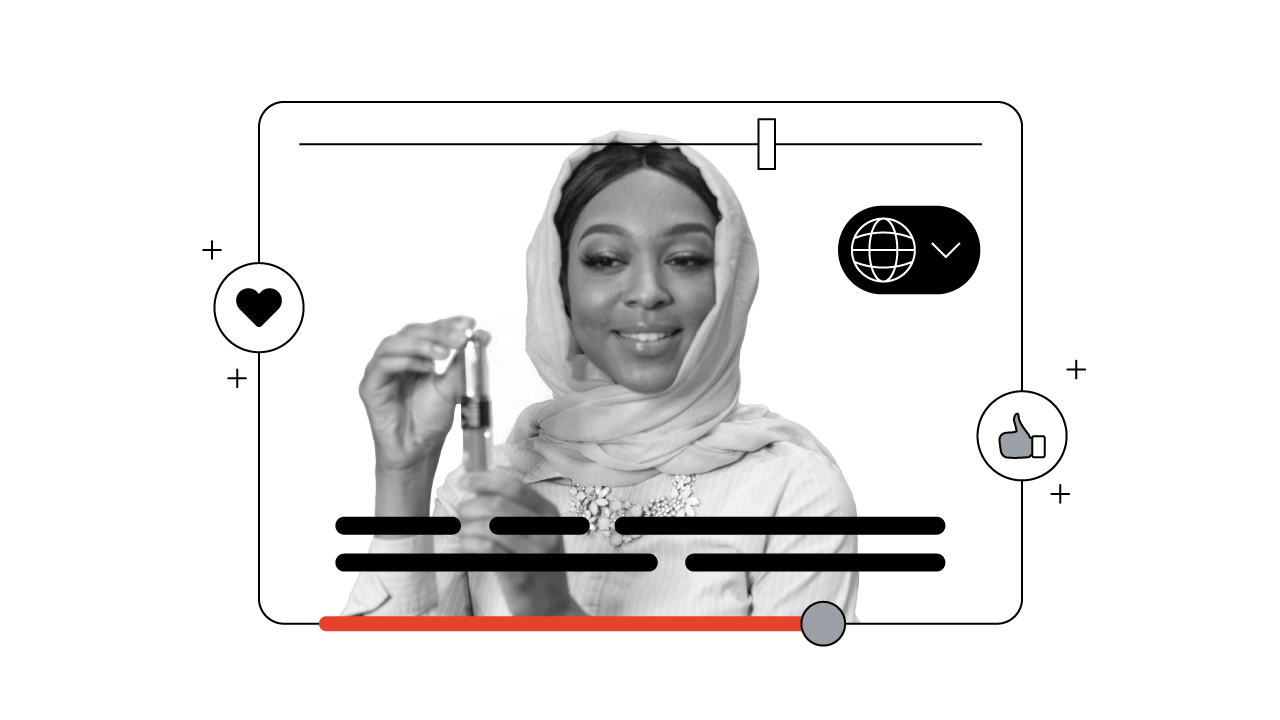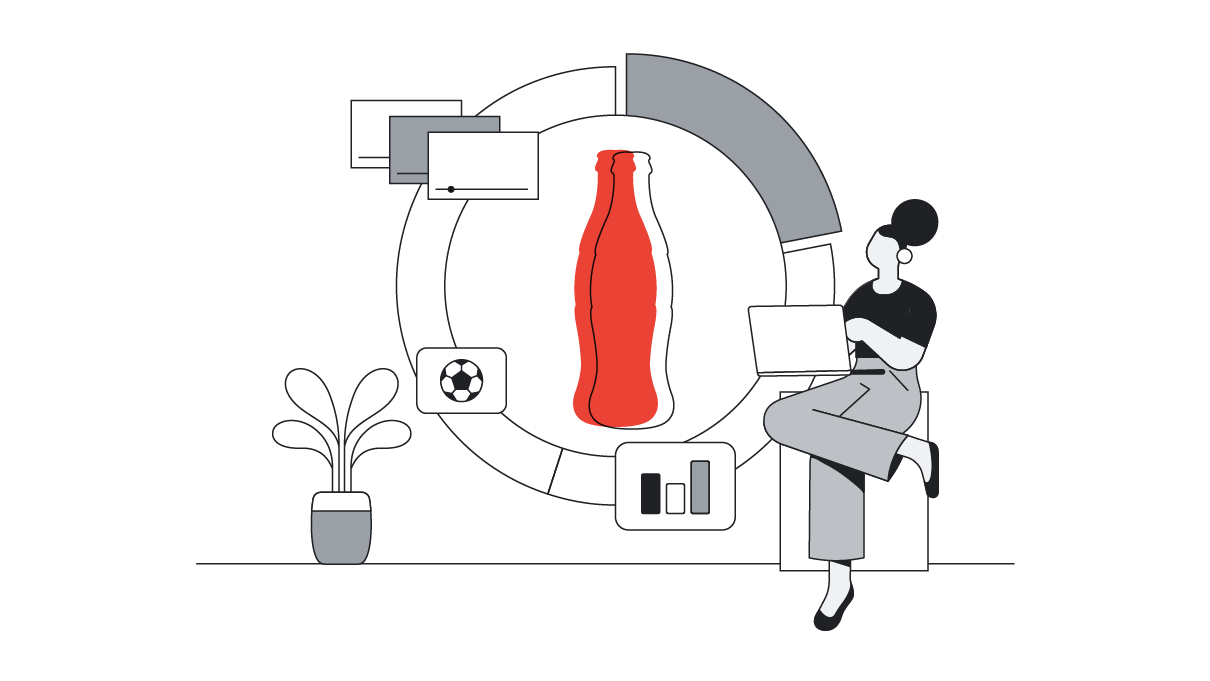To explore the future impact of transformational changes in the creative realm, Google is partnering with Contagious, Benedict Evans, Bain & Company, and 25 industry trailblazers on the Open Creative Project: an effort that brings together market analysis and insights from a series of in-depth interviews with dozens of industry leaders to encourage dialogue about the future of our industry. Here, Abigail Posner, director of U.S. Creative Works at Google, shares early takeaways from the project.

The term “creative” used to refer to a special class within the ad world: teams with a particular skill set who often sat apart, literally and figuratively, from the rest of their organisations. But when a pandemic forced all of us into digital spaces as safe havens to work and play, “creative” took on a larger meaning.
People who never went to design school or drafted a creative brief got more comfortable being their authentic selves online. Unknown chefs shared their passion for cooking on YouTube and discovered a global audience hungry for more. Gamers live streamed their adventures to thousands — sometimes millions — of rapt fans. In myriad new ways and spaces, everyday people started to share their stories, and some even partnered with brands to become powerful co-storytellers.
Marketers and agencies, too, had to get more creative in solving clients’ challenges, forging meaningful connections with consumers, and measuring success. And as marketers learned how to leverage new tools for creative automation, experimentation, assistance, and measurement, they grew more comfortable sharing ownership of a brand identity with the online communities organically remixing it. Together with those communities, they remade marketing and found fresh opportunities.
All of this adds up to more than just a “things are different now” moment.
For us at Google, the combination of changes in consumer behaviour, the rise of machine learning, the flourishing of user expression in unscripted spaces, and macroeconomic pressures felt like an inflection point for the industry, one where creative is poised to become the last unfair advantage.
With automation flattening media-driven returns, creative is becoming one of the most effective levers to drive differentiation and return on investment, and creative spend is increasing faster than media spend (6% versus 5% annually between 2018 and 2021).1 Knowing that these trends deserved a deep dive, we partnered with some of the biggest names in the industry — including Contagious, Benedict Evans, Bain & Company, and 25 creative industry trailblazers — on what we’re calling the Open Creative Project.
Through intensive market analysis and in-depth interviews with dozens of industry leaders and trailblazers, we’ve begun a thorough exploration of the why, the how, and the future impact of transformational changes already underway in the creative arena. And, over and over, we’ve seen that concepts that once felt oppositional — art and science, unscripted expression and brand voice, advertising creators and users, brand and performance, imagination and automation — are increasingly interdependent.
Our goal is to spark a new dialogue focused on the role creative will play in the broader advertising industry over the next three to five years. While this conversation will surely be shaped by the contributions and feedback of the entire advertising industry, we’ve already keyed in on a few areas that present some of the biggest opportunities for marketers and brands.
Rethinking who we call “a creative”
A natural place to start is with the rise of the creator economy, one of the strongest signals we have of where the future of creative — and all of marketing — is headed.
The explosion of truly unique and innovative content the ad industry has seen over the past three years is a direct product of a global cohort of diverse new voices adding their perspectives and contributions to the traditional marketing mix across old and new platforms. Case in point: Influencer marketing payments to creators for creative advertising services grew 50% annually between 2018 and 2021.2
By being open to more active collaboration with creators around a shared point of view, brands can foster a more exciting and authentic conversation with their audiences.
The term “owned media” is now a relative one. Not only does every consumer have the tools to amplify, challenge, or riff on your brand’s message through their personal channels and unscripted spaces, but so do thousands of influential creators with their own massive audiences and points of view.
And experimentation, the willingness to try something new or different that’s so key to creativity, is fast becoming a core competency — especially with the proliferation of tools that enable experimentation.
There are lessons here for organisations and brands ready to break creativity out of its silo. By being open to more active collaboration with creators around a shared point of view, brands can foster a more exciting and authentic conversation with their audiences. And there is value in thinking about the “creative team” as everyone from CEO to the finance team.
The new value exchange
There’s no question that the relationships between digital platforms and the people who use them are being reshaped.
But amid the noise of an internet that offers everything, all the time, how can brands connect with the right people in a way that sticks? The answer lies in the new value exchange that’s redefining how, when, and why brands earn people’s attention, satisfaction, and trust. It’s an exchange that only works reciprocally.
When people appreciate the value and benefits received from the data share, the more they trust a brand to handle that data responsibly.
In other words, people already understand data’s value for advertisers. When people appreciate the value and benefits they receive from the data they share, the more they trust a brand to handle that data responsibly, and the more comfortable they are with the exchange.
To provide a convincing answer to the consumer’s question: “What’s in it for me?”, brands have to deliver empathy at scale by demonstrating a deep understanding of every customer’s (and potential customer’s) needs and the company’s ability to meet those needs. And there’s no better way to speak authentically to the widest possible audience, in the most personal terms, than great creative.
Automation: When brain power meets processing power
With all of the hats they must wear today, it’s fair for marketers to wonder: “What else do you want us to do?”
But marketers and agencies can make their jobs simpler and easier on multiple fronts by doing a single thing: embracing automation as a collaborator rather than a competitor. That’s because automation and machine learning can do things that human brains can’t do: connect dots at scale, uncover new insights, free up time across teams, and infuse even more creativity into organisations.
Third-party ad technology that supports creativity saw growth rates ranging from 10% to 30% annually between 2020 and 2021.
Take the example of measurement. With so many new content formats, marketers have more data to measure than ever before. But data is only as useful as our ability to interpret and apply it, and automation is a proven tool to drive better performance via modelling.
Advertisers are beginning to realise this. Third-party ad technology that supports creativity — including digital asset management, dynamic creative optimisation, advertising attribution, creative applications, and influencer marketing platforms — saw growth rates ranging from 10% to 30% annually between 2020 and 2021.3
So the shift is underway. Of course, automation-enabled measurement doesn’t only make for better creative. Creative thinking can improve the ways we measure.
The age of ‘everywhere commerce’, from inventory to experience
Today’s shopping experience extends far outside the store and into the live-streaming, social, and physical worlds.
And as the creator economy flowers across augmented reality, virtual reality, and gaming, brands are coming to life across a multiplicity of new dimensions. The implication for brands? Every interaction with a customer is an opportunity to convert, and the entire commerce journey is an ever-expanding web of touchpoints where brand building can happen at any time.
Every interaction with a customer is an opportunity to convert.
Brands that unlock new ways to stand out in the age of everywhere commerce will define the future of creative advertising.
With these ideas as thought-starters, on behalf of our Open Creative Project co-collaborators, we’re excited to open up the conversation to a wider audience. In the coming months, we’ll invite you to dive into a full version of the research report summarised here, followed by a series of contributions from some of the leading voices in creative advertising. We look forward to adding their insights, and more from across the industry, as we endeavor to explore, define, and invent the future of creative, together.
